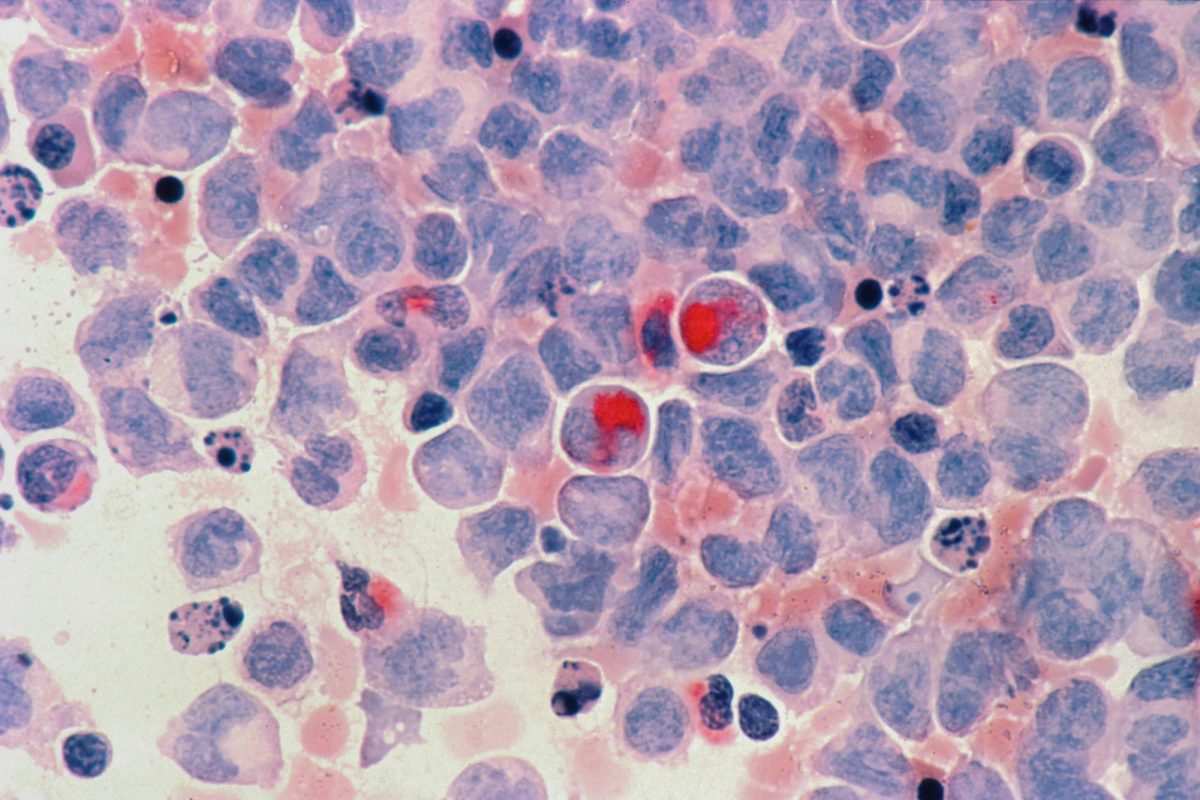With the increased legalization of cannabis throughout the United States, millions of people have been interested in using the drug. Of these people, many are teens and young adults. This is a huge problem because marijuana can negatively impact brain development, especially in children under the age of 18.
Compared to previous years, the concentration of tetrahydro cannibal, or THC, has increased significantly. In fact, according to the National Library of Medicine, the average concentration of THC present in marijuana has gone from about 4% in the 1990s to over 20% today. Some concentrated cannabis products like budder, shatter, and wax can even contain up to 95% THC.
The increase in THC content over time has made cannabis highly addictive and increasingly dangerous. THC works by binding to the main receptors of the endocannabinoid system, which regulates important brain functions such as learning, memory, and emotions. Upon ingestion, THC overly activates these receptors in the brain, resulting in symptoms such as altered senses, euphoria, mood swings, disorientation, and relaxation.
Despite creating these desired feelings of a “high”, using the drug causes long-term damage to the brain, especially in young people. Cannabis causes permanent thinning of the prefrontal cortex and loss of nerve cell protrusions. The prefrontal cortex regulates people’s thoughts, actions, and emotions. Therefore, by damaging this important component of the brain, marijuana alters people’s thoughts and actions, leading to poor decisions and mental illness.
Millions of people have become highly addicted to cannabis, leading to the creation of the term Cannabis Use Disorder. When marijuana interferes with a person’s daily life, they can be diagnosed with cannabis use disorder. According to a study with over 68,000 teens, developing cannabis use disorder can double the risk of developing depression or suicidal thoughts. With many teens using marijuana as a coping mechanism, millions are becoming dependent and highly addicted. In the end, marijuana worsens the problem, increasing anxiety and stress levels in users.
Due to the various problems associated with cannabis use in teens, it is important to spread awareness of the dangers of marijuana use. Perhaps more health classes in schools can dedicate time to discussing the risks associated with marijuana use and the consequences that can result from it. States should also enforce stricter laws for marijuana distribution and more consequences for inappropriate use.



















